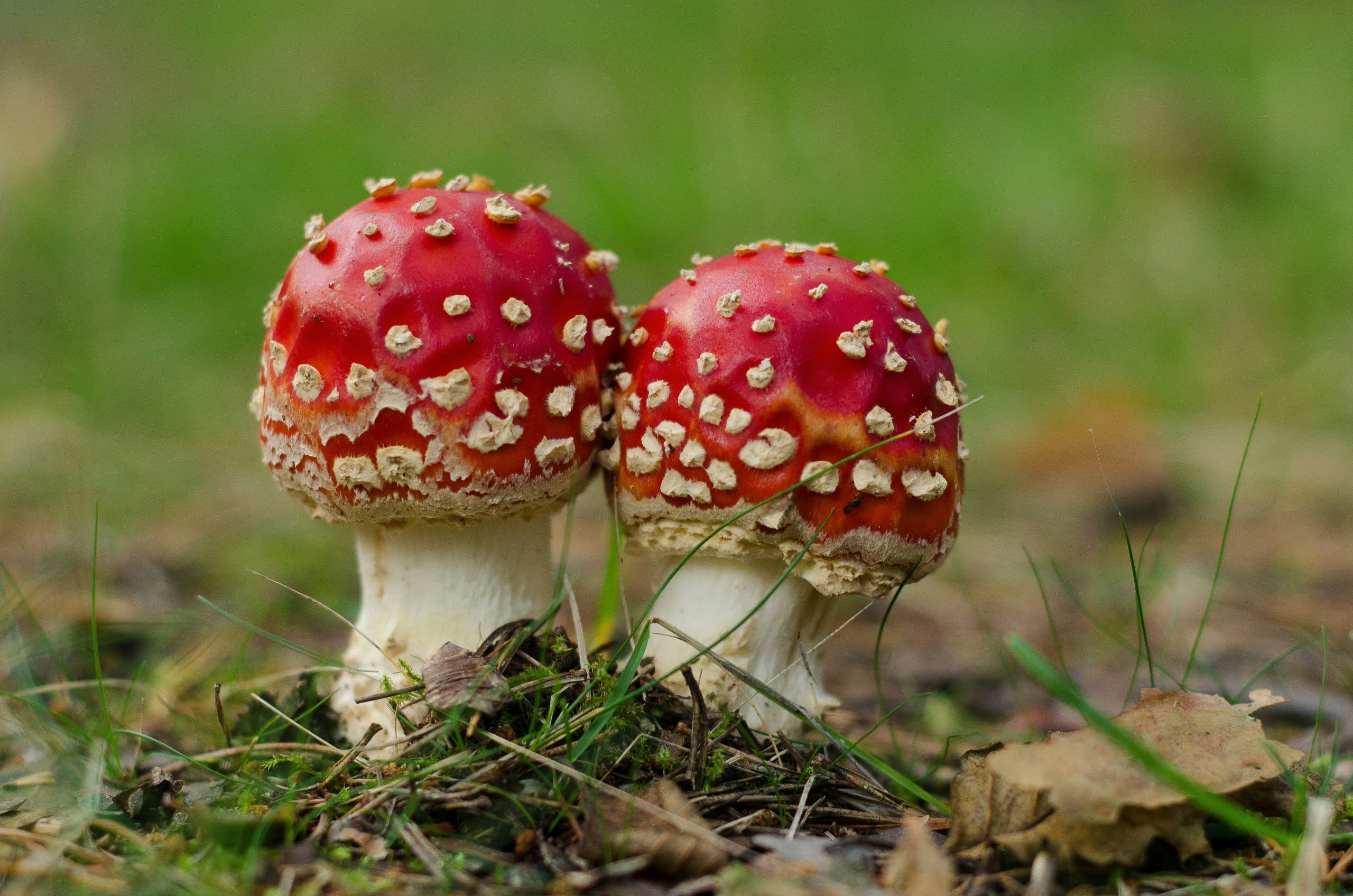How does endosymbiosis fit into eukaryotic evolution? Photo credit: Transly Translation Agency via Unsplash
This occurring all around us, from the beneficial bacteria in our gut to the malaria parasite in our blood: Endosymbiosis is a relationship in which one organism, the endosymbiont, lives inside another, the host. One example of particular interest to evolutionary scientists is that of our own cells. It is widely accepted that the mitochondria found in our cells were once free-living bacteria that were taken up by an ancient cell billions of years ago. They eventually became essential organelles, setting the stage for eukaryotic life as we know it.
Endosymbiosis is a relationship in which one organism, the endosymbiont, lives inside another, the host.
It’s no wonder then, that scientists are eager to study the onset of endosymbiosis and better understand complex life. The challenge, however, is that many endosymbiotic relationships are ancient, making their origins elusive. To overcome this, a team led by Julia Vorholt at ETH Zurich has developed a method to induce endosymbiosis in the lab.
The researchers punctured Rhizopus microsporus fungi using a hollow needle just 500-1000 nm wide and injected different species of bacteria cells into the fungi. This technique, adapted from fluidic force microscopy (“FluidFM”), had previously been successful in injecting bacteria into mammalian cells and other small molecules into fungi. However, injecting bacteria into fungi came with its own set of challenges, specifically the thick cell wall and high internal pressure of fungi. To address this, the cell wall of the fungus had to be softened, and a high pressure of 6.5 bars was maintained in the experimental set-up.
Among the fungi that survived this manipulation, a proportion were able to continue with their life cycles with the bacteria inside them. In a proportion of these fungi, the next generation was also found to contain the bacteria. This vertical transmission is a breakthrough finding. Injecting one organism into another is one thing, but successfully passing down bacteria to offspring indicates some level of stability in this system, much like mitochondria are still around in our cells today.
This vertical transmission is a breakthrough finding.
The choice of bacteria and fungi species was important. Some strains of R. microsporus naturally harbour Mycetohabitans rhizoxinica and other bacteria as endosymbionts, although the specific strain of the fungus used in this experiment does not harbour endosymbionts. As for the bacteria, while injecting Escherichia coli bacteria into fungi rapidly triggered the latter’s immune response to exclude the bacteria, injection of M. rhizoxinica bacteria was more successful.
Over several generations, the team observed how this artificial endosymbiotic relationship evolved. Initially, the reproduction success rate of the fungus reduced dramatically by tenfold. However, after the tenth generation, this rate recovered to normal, implying some level of adaptation. To further probe this, the scientists took the evolved fungus and injected the original bacteria back into it. Remarkably, the reproduction success of this combination was even greater than the adapted pair, again pointing towards fungal adaptation. Indeed, genomic analyses found several mutations in the fungal DNA correlated with increased fitness of the fungi-bacteria pair. On the other hand, no genetic changes were found in the bacterial DNA.
…after the tenth generation, this rate recovered to normal, implying some level of adaptation.
Besides demonstrating that induced endosymbiosis can persist across generations, this research also suggests that these relationships may provide mutual benefits, just as they did billions of years ago. Many endosymbiotic relationships persist because the endosymbiont confers an advantage to its host. Mitochondria, for example, allow cells to use oxygen to produce a larger amount of energy. In this study, M. rhizoxinica naturally produces a precursor of rhizoxin, a compound that the fungus can use to fend off predators. Rhizoxin was present in the endosymbiotic pair, validating that metabolic traits can be transferred through artificial endosymbiosis.
…these relationships may provide mutual benefits.
Inducing endosymbiosis has huge potential for both evolutionary biology and biotechnology. By recreating a major event in evolutionary history, scientists can study the complex evolutionary forces that enable a fragile system to stabilise and persist, shedding light on the origins of eukaryotic life, including our own. Looking to the future, this method could help us engineer organisms with valuable traits that are otherwise too difficult to implement with current techniques.





